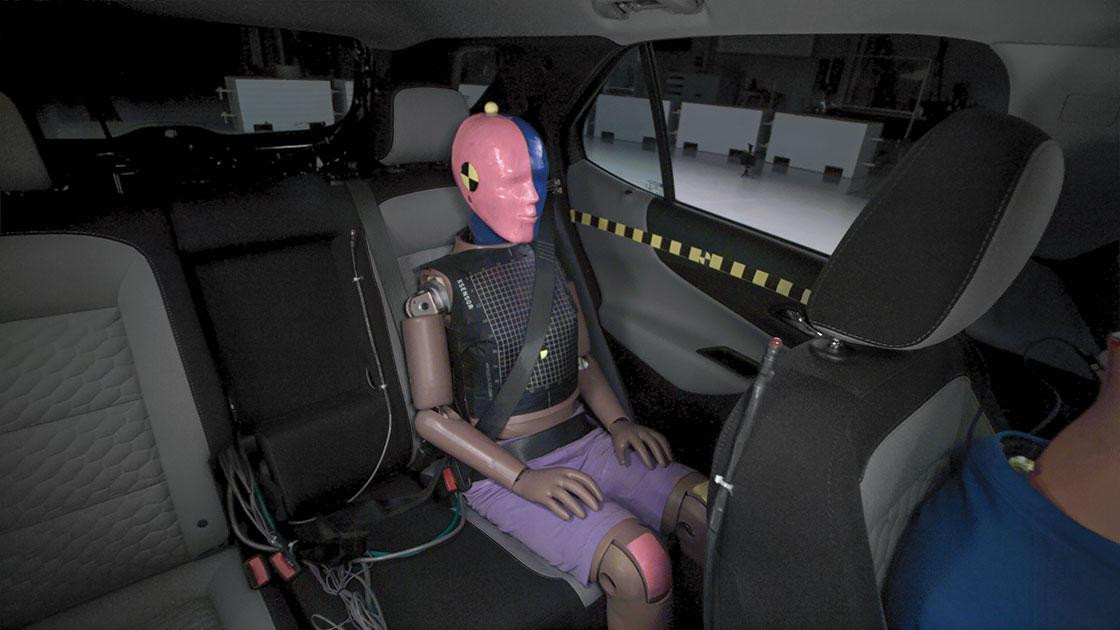The Insurance Institute for Highway Safety (IIHS) updated its moderate overlap front crash test scoring criteria, introducing a new chest index metric to provide a more nuanced assessment of rear passenger safety, part of an ongoing effort to refine the evaluation of vehicle safety features, particularly focusing on the protection afforded to rear seat occupants.
In the latest revision, IIHS has incorporated a new metric, the chest index, that considers the rear dummy's shoulder belt position and chest compression during a crash. This adjustment is aimed at enhancing the accuracy of how well vehicle restraints manage the dummy's movement in an accident. The acceptable range for shoulder belt positions has been broadened.
The revision of the moderate overlap front crash test, initially launched in 2022, has led to the reevaluation of previously published ratings. As a result, the ratings for five vehicles have improved, while eight have been downgraded.
“Most of these changes are part of a planned transition that we informed automakers we’d be making before we launched the updated test a year ago,” said Jessica Jermakian, IIHS vice president of vehicle research. “The new scoring eliminates an artificial benefit our initial ratings awarded for a high shoulder-belt position. Pressing ahead with a simpler program while we validated the new metric allowed us to start incentivizing vehicle improvements a year earlier.”
This update is particularly significant in light of research indicating the risk of fatal injury for belted rear occupants has increased in modern vehicles, not due to a decline in rear seat safety, but because of significant advancements in front seat protection mechanisms. The IIHS emphasized that, despite these findings, the rear seat remains the safest option for children, who are especially vulnerable to injuries from front airbags.
The revised testing protocol includes a dummy representing a small woman or a 12-year-old child positioned in the second row, aiming to assess the potential risk of chest injuries more accurately.










